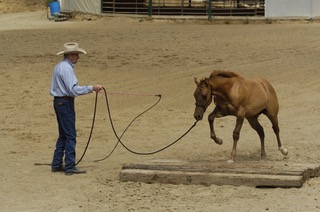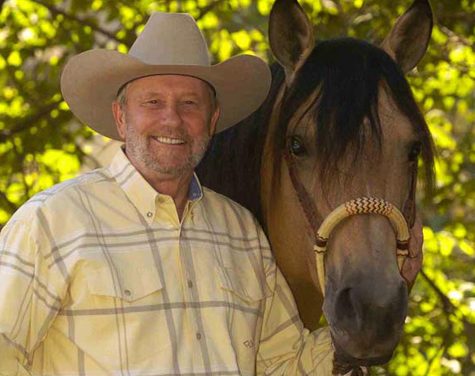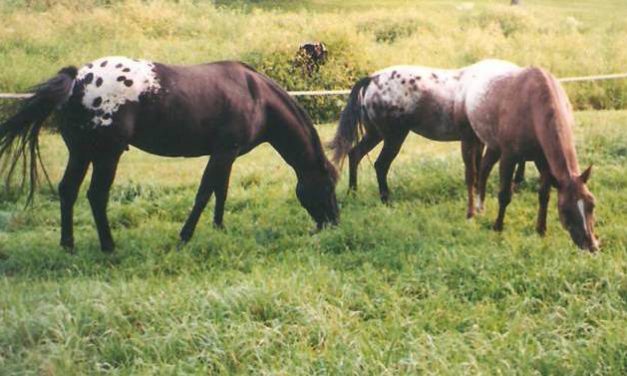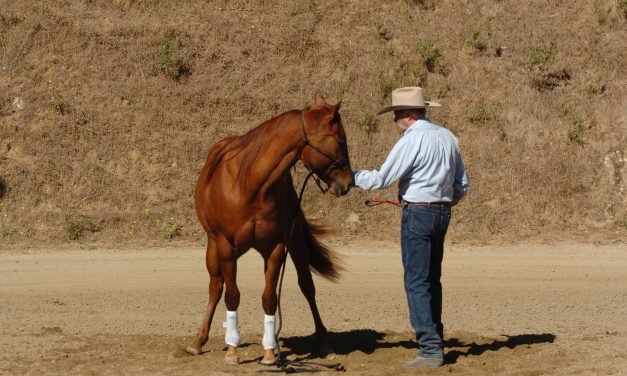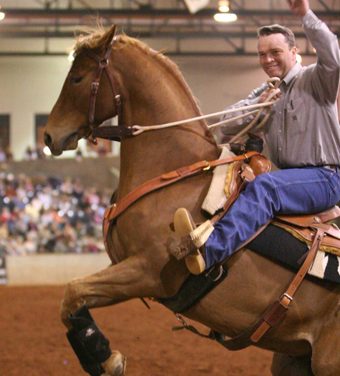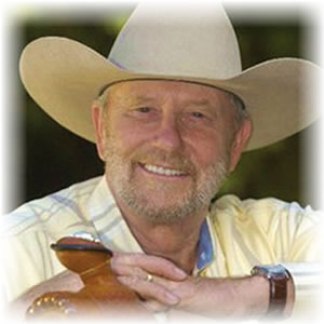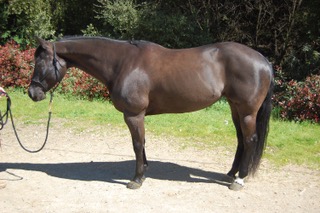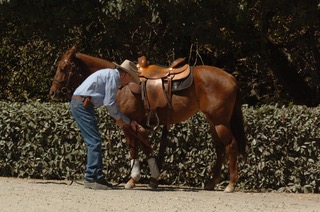Dealing with a Horse That Rears
I’d like to discuss what causes a horse to rear and how we can actually set a horse up to rear. There are two basic facts to consider. Horses learn by pressure and release and, a horse can go six different directions: forward, back, left, right, down and up. If you think in those terms, when we work with a horse, we always have to give the horse a way out, a way to find release. If you try to close off all the directions, the horse is going to take one of the directions that you can’t block. In other words, you may not get the response you wanted and the horse may go a direction that you didn’t want at all. For example, if we want our horse to go over a log, a tarp, a pole, through a creek or toward anything that the horse does not want to go near,
Read More
